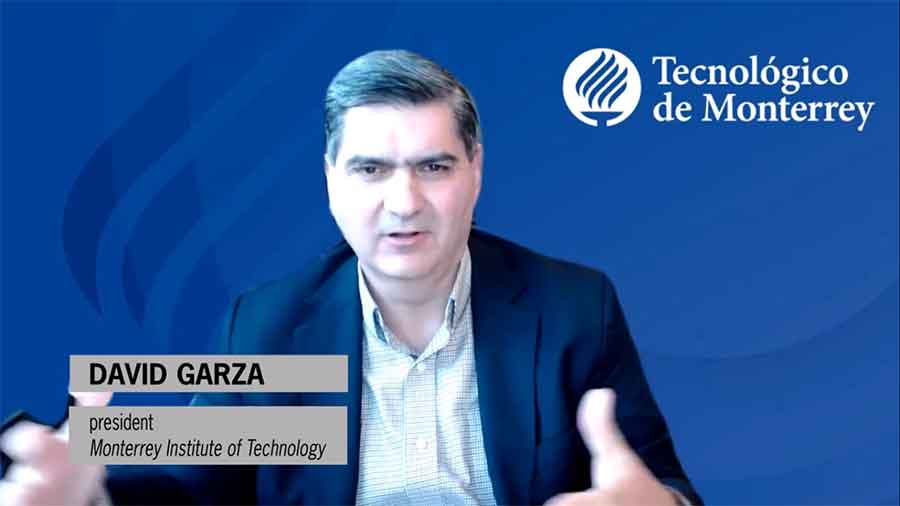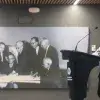David Garza, rector and president of Tec de Monterrey, explained that government, industry, and universities must work together to lead innovation.
The rector participated in the talk “Who steers the direction of innovation?” at the Times Higher Education Innovation and Impact Summit, alongside educational leaders from around the world.
“Innovation comes from more than one source. However, I believe that universities are better positioned to drive it,” said Garza.
The leaders discussed ideas about who leads innovation around the world and who should do so in the online discussion, as well as the roles of those organizations taking part.
Garza spoke with Dan Breznit, director of innovation at the University of Toronto, and Christine Loh, Head of Development Strategy at the University of Hong Kong.

Universities: the main drivers of innovation
Garza explained that innovation must be promoted by governments, international organizations, and industry, but above all by universities.
“I’d say that innovation comes from more than one source. I like to see it more as a propeller that’s made up of different parts.
“We need more entrepreneurial states and governments, more socially conscious private sector businesses, and an education sector with the mindset for discovering solutions to big problems.”
Identifying needs is one of the main factors that defines the direction that innovation should take, said Garza.
“It’s a highly complex question because who or what determines a need? Is it global issues, local government, or economic, social, or political interests?” he reflected.
Different stakeholders must play a role in innovation
The Tec rector believes that each organization must play a role in social development and not depend solely on work carried out separately by different sectors.
Talent from research institutes, academic rigor from universities, funds from industry investors, and government agendas were just a few of the factors Garza mentioned.
“Today, it’s impossible to think of a good future for innovation without including different stakeholders,” he added.

Universities: neutral ground for innovation
Several topics were addressed in the discussion, including the barriers that stop different organizations working together, especially governmental ones.
Garza said that, contrary to popular belief, international relations have seen a big improvement recently.
“The time when we had the greatest interaction with colleagues from American universities was during the previous United States administration, when they wanted to build a wall.
“Universities are neutral ground where many great things happen: innovation, future leadership, and community development,” he said.
Another issue highlighted by the rector was the importance of recognizing that collaboration is necessary and beneficial in tackling big challenges such as climate change.
Collaboration for innovation to solve big challenges
Garza also explained that the challenges of the present and future, such as the pandemic and how we will work in the post-covid era, are an incentive for innovation.
“I think that between 60 and 70% of my conversations with colleagues are about the future, about what will happen after the pandemic.
“They’re about the challenges that universities will face, how the world will change, and the role of universities in the future,” he says.
Garza also explains that the lack of resources in regions such as Latin America fosters collaboration and innovation for performing research and development.
READ MORE AT CONECTA:





